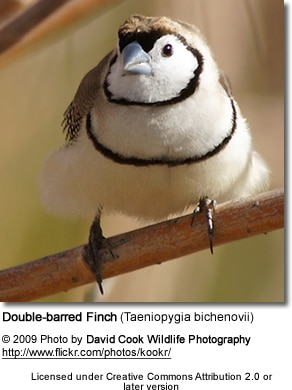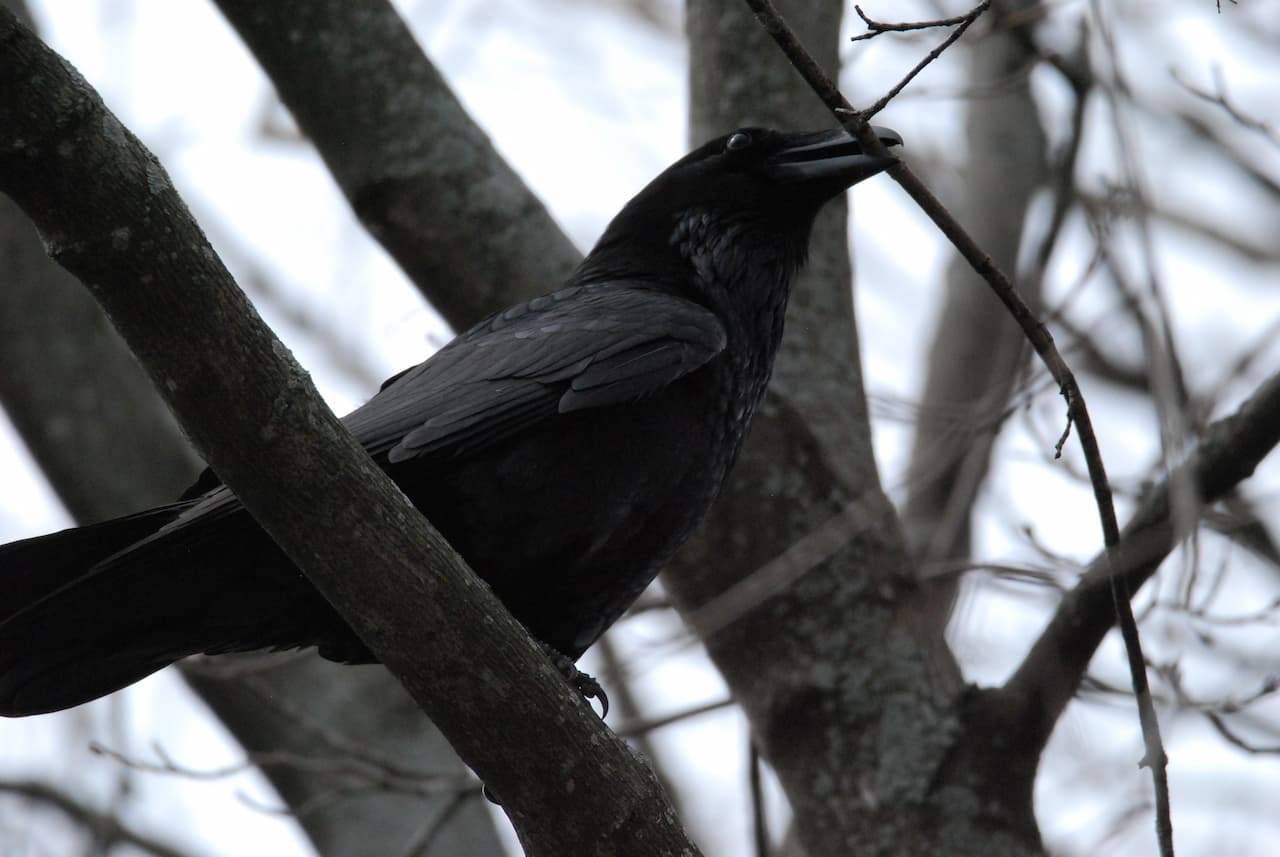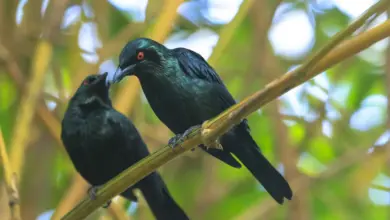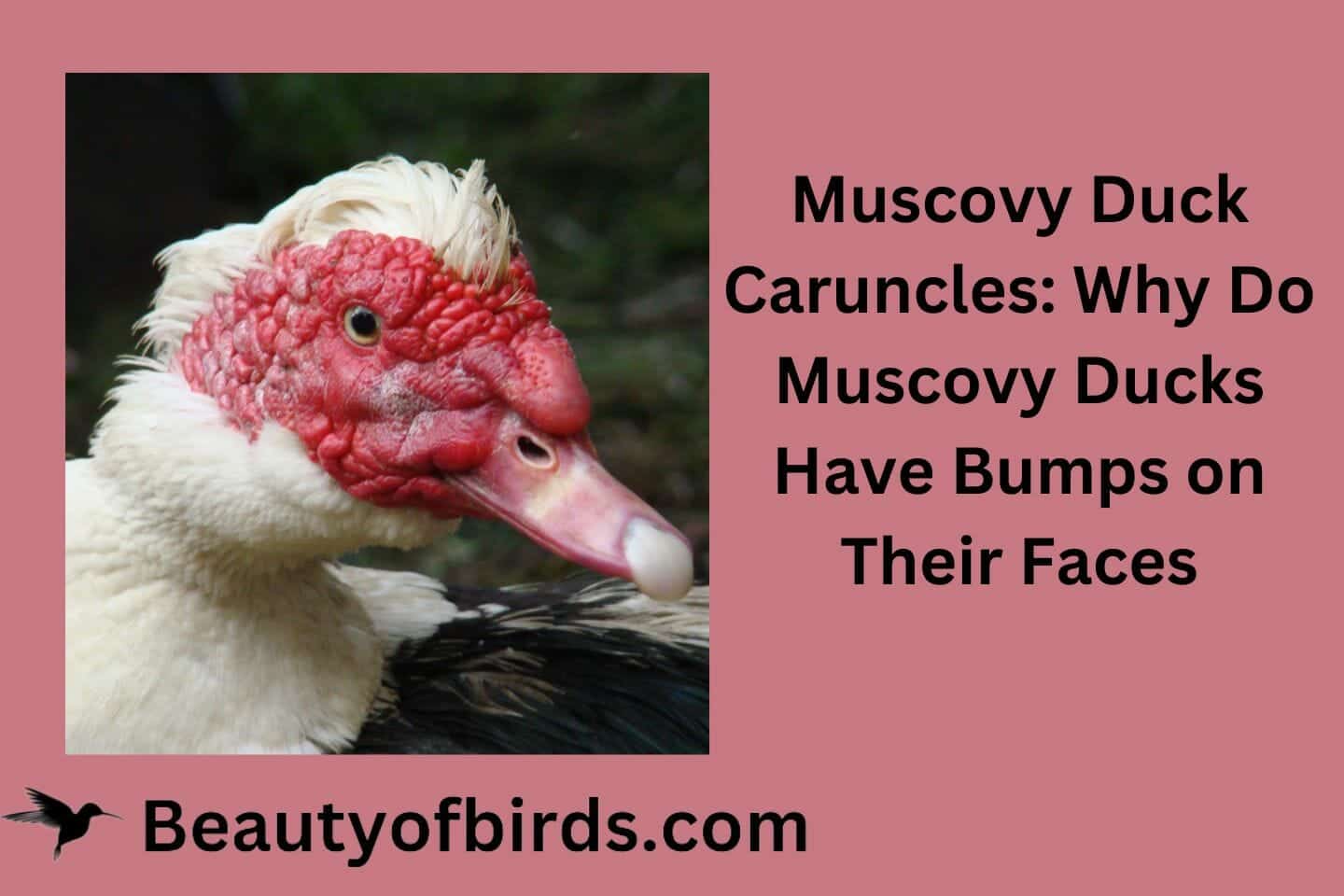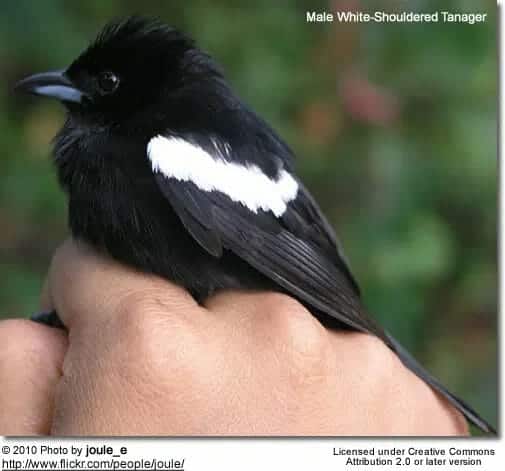Owl Finch (Taeniopygia bichenovii)
The Owl Finch or Double-barred Finch (Taeniopygia bichenovii) is an estrildid finch found in open savannah-like habitats in northern and eastern Australia.
They are sometimes referred to as bicheno finches; and also as owl finches, owing to the dark ring of feathers around their faces.
These gregarious seed-eating birds build their nests in the grass, a bush, or a low tree, and lay four eggs.
Description:
This is a 10-11cm long munia-like finch with a white face bordered with black, brown upperparts and throat, and white underparts. The throat and underparts are separated by another black line. The wings are patterned in brown and white.
Males and females look alike, but juveniles are duller and browner.
A less common sub-species with brown or black underparts is known to exist.
Call / Vocalization:
The call is a soft tet or a louder peew, and the song is a soft fluting.


The photo to the right and the below information are courtesy of Mandy and Paul – Breeder of the Canaries and Other Exotic Birds – Singing Wings Aviary – www.singing-wings-aviary.com.
Mutations/Sub-species:
The Black-rumped Owl Finch (Taeniopyia Annulosa) is a sub-species that resembles the White-rumps in all appearance except for the rump being black instead of white. This species also tends to have larger white dots on the wing converts and can be slightly smaller in size.
Diet:
Owl finches will thrive on a finch mix which includes a mixture of millets and seeding grasses. Fresh water, cuttlebone, and grit should also be supplied at all times. Lettuce, Spinach, Chickweed, spray millet, Eggfood, Broccoli tops, and Carrot tops can also be offered on a regular basis. I have found that this species will eat live food and seems to enjoy a variety of foods
Compatibility:
This bird is a good specimen for a mixed aviary provided there is plenty of room and other birds outnumber the Owl finches. During the breeding season or when you have Owl finch males housed together they will become aggressive towards the same species in the presence of females. Be careful about placing Owl finches
Housing:
These birds do best in a large planted aviary with mixed species. If you want them to breed you can try separating them by pairs into large flights. Some heat will be required during winter months so these birds are best suited for large indoor aviaries.
Breeding:
Owl finches can be used for breeding at around 9 months. They have been known to breed at younger ages but egg binding in hens can occur if this happens. Open-style canary-type nest or half-open nest boxes seem to be their preference and they will breed in breeder cages or in an aviary.
You can offer them a variety of nesting materials such as sisal, jute, coconut fibers, shredded paper, dried grasses, and tiny twigs. Assuming you have a true pair in breeding condition the hen will lay 4-6 eggs which she will begin to incubate after the 4th egg is laid. The parent birds will take turns incubating the eggs for 12 days with both remaining in the nest together during the night. Normally after 12 days, the Owl finch eggs will hatch. I have noticed that Owl finches do not seem to brood their young as long as other species of finches. It seems that after 9-12 days the parent Owls stop brooding the young with the exception of night roosting in the nest.
Baby Owl finches normally leave the nest at 26-30 days old. At 5-6 weeks of age, they are fully weaned and can be removed from the parent birds. Owl finches fledge with close to adult plumage, unlike Gouldian finches. At 2 months old young Owl finches will display full adult plumage. If left in with parent birds that want to nest again sometimes aggression can start between parents and young.
Owl finches can be fostered by Zebra or Society Finches.
Further Finch Reading
- Finch Information
- Index of Finch Species
- Photos of the Different Finch Species for Identification
- Common Health Problems of Finches
- Finch / Canary Diet / Nutrition

